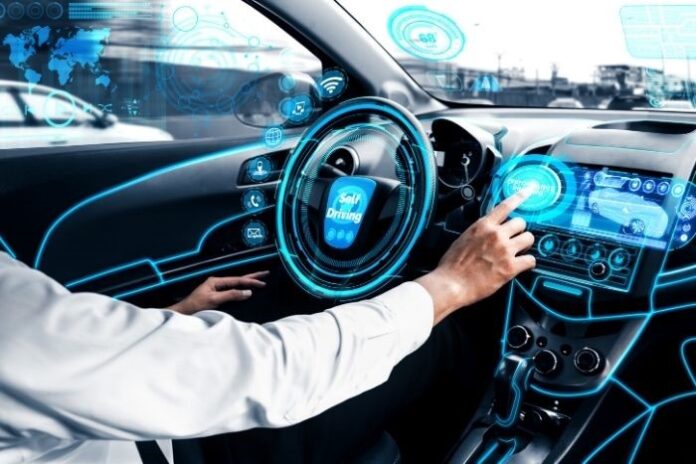The number of connected autos and trucks on U.S. roads continues to grow. The size of the global connected car fleet is projected to increase more than threefold in the coming years.
In 2021, there were about 84 million connected cars on the roads in the United States, according to Statista.com. The number is expected to surpass 305 million in 2035, making the United States the biggest market for connected vehicles.
Those connected vehicles will each produce roughly 25 gigabytes of data per hour, according to ITS Digest.
Deloitte suggests that the projection could actually be conservative, because data is becoming less expensive all of the time and the number of sensors in vehicles could easily expand beyond current projections.
Not all connections are created equal
But all these vehicles will not be connected at the same level. While some will have Gold standard connectivity with very reliable connections that will provide the user with lightning-fast traffic updates, others will have intermittent connections, slow communications and frustrated users.
It’s not a situation in which starting with subpar connectivity just to have something in the market, and then upgrading it later to meet the competition will work, though upgrades should always be considered part of the lifespan of any technology.
As the automotive industry continues to mature, adding more connected vehicles continuously, it’s important to keep looking ahead. Vehicles, in contrast to many other items of hardware, have long active lifespans so car makers are focused a long way ahead in terms of planning their future products.
So, sellers want to make sure that vehicles have excellent connectivity capabilities when they roll off the lot, without the buyer being frustrated with the connectivity from the start.
Gold options
For the seller, offering a “Gold” standard connectivity option can be an easy, profitable upsell, adding additional revenue for the dealer with little additional effort beyond salesmanship of pointing out the benefits of the feature. There will, of course, be those buyers who don’t choose the Gold standard option, just as there are buyers who decline other vehicle options.
Some of the technologies that will be relied on for delivering Gold standard connectivity include:
LTE: The next generation of automotive connectivity will focus on LTE, cellular vehicle-to-x (C-V2X), LTE Advanced (LTE A) and 5G in both 3GPP Release 15 and Release 16. Automakers and suppliers should examine 4G and 5G network access devices (NADs) for connected vehicles and the latest V2X product innovations to plan their future IoT products.
5G Release 16: Release 16 represents the next significant new functionality that comes to market. There is already huge interest. Top NAD providers will have engineering samples of their 5G Release 16 IoT modules available by the fourth quarter, with further product information available, once Qualcomm and MediaTek are ready to share details of their newest chipsets.
Automotive Internet of Things (IoT) modules: During the first half of this year, commercial samples for established automotive IoT modules AG35, AG15, AG52xR, AG509M and AG55xQ for connected vehicles, supporting LTE, C-V2X and LTE-A connectivity will become available.
Also, on the horizon are 5G Release 15 automotive modules, including the AG57xQ, the AG568N and the AG569N. Engineering samples of these will be available for customers’ software designs are expected to be available sometime this spring, with commercial samples following in October. It should be noted that the AG509M, AG519M, AG568N and AG569N series are compatible with printed circuit board (PCB) footprint.
NAD modules: Buyers should look for NAD modules with full support packages, ones that include technical materials packages containing hardware and software development guides, debugging tools, download tools, test tools and an EVB kit and USB drivers. The support packages should include additional interfaces, accessories, and development tools to enable NAD manufacturers for connected automotive devices to simplify and accelerate development of their products.
The bottom line
The above technologies are essential to support the growing demand for connected vehicles. While there is plenty of discussion about 5G’s role, the reality is that the current state of that technology still needs to be improved to meet the demands of the connected vehicle market. Until then, LTE, LTE-Advanced and C-V2X connectivity will be the standard.
Automakers and suppliers will also want to have a connectivity upgrade path designed with compatibility and flexibility to work with different IoT modules to provide the end user with the Gold standard in connectivity.











